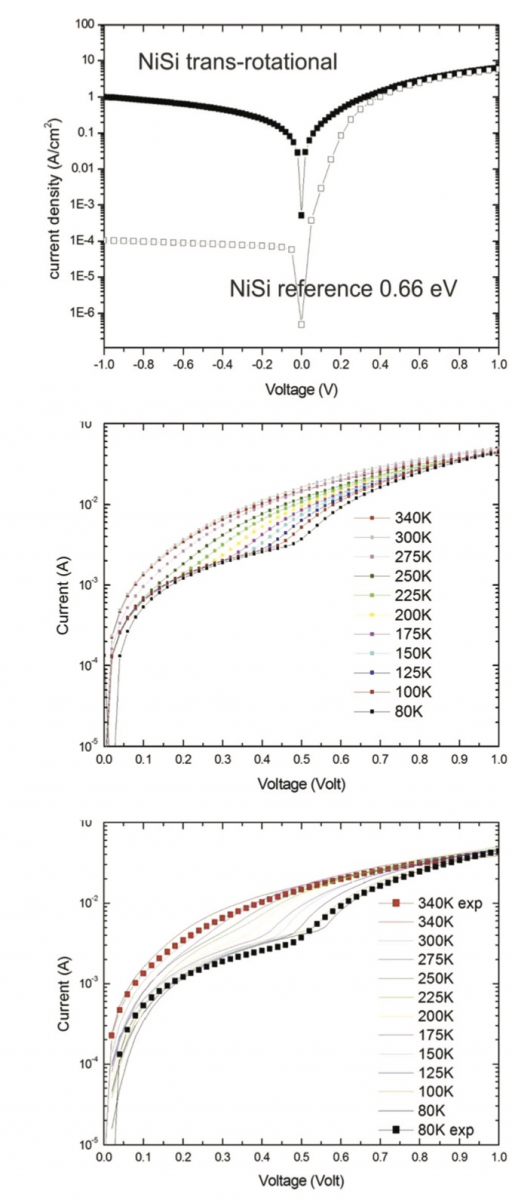
Nickel-Silicon compounds, as most of the transition metal silicides, show peculiar thermodynamic and kinetic behaviours. The large effort devoted to the comprehension of the phenomena governing Ni-Si interaction from the very beginning of the reaction process testifies the widespread interest in the field and it is driven by the need to push as far forward as possible the scaling down of micro/nano-electronics devices. We provide a detailed study on the crucial role of the early stages of the Ni-Si atomic interaction to show how this interaction has a huge impact on the reaction process and on the structural properties of the reaction products. The formation of a Ni-Si precursor layer at the deposition stage, its structure and its role in the further evolution of the reaction couple are treated on [001] Si and amorphous Si substrates. It is highlighted how the opportunity to control thickness and composition of the precursor layer opens the field to tailor new materials possessing intriguing properties, such as the case of transrotational Ni-silicides. Transrotational layers can be formed in a wide range of conditions (substrate doping, annealing ambient, etc.), and in a large temperature window going from 150 up to 900 °C. From our systematic study it emerges that the structural coupling established between the trans-silicide layer and the [001] Si substrate allows an advantageous scaling down of the silicide thickness (<10nm) without modifying the reaction window and with even longer incubation times, which gives a clear sign of a larger structural stability of those structures. It was additionally verified that the scaling down of trans-layers does not affect the quality of the interface, and thus the layer is longer preserved from agglomeration. Interface flatness is highly required to preserve eventual shallow junctions from spiking effects and consequent damaging. From the electrical point of view, thin trans-NiSi layers offer resistivity values comparable to those of standard poly-NiSi phases (~20 mohm×cm) and low contact resistance on a wide range of doping conditions. (Role of the early stages of Ni-Si interaction on the structural properties of the reaction products, Journal of Applied Physics Reviews, 114, 121301 (2013)) Contact person: Alessandra Alberti alessandra.alberti@imm.cnr.it




